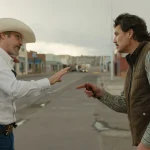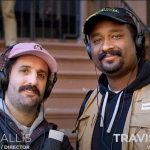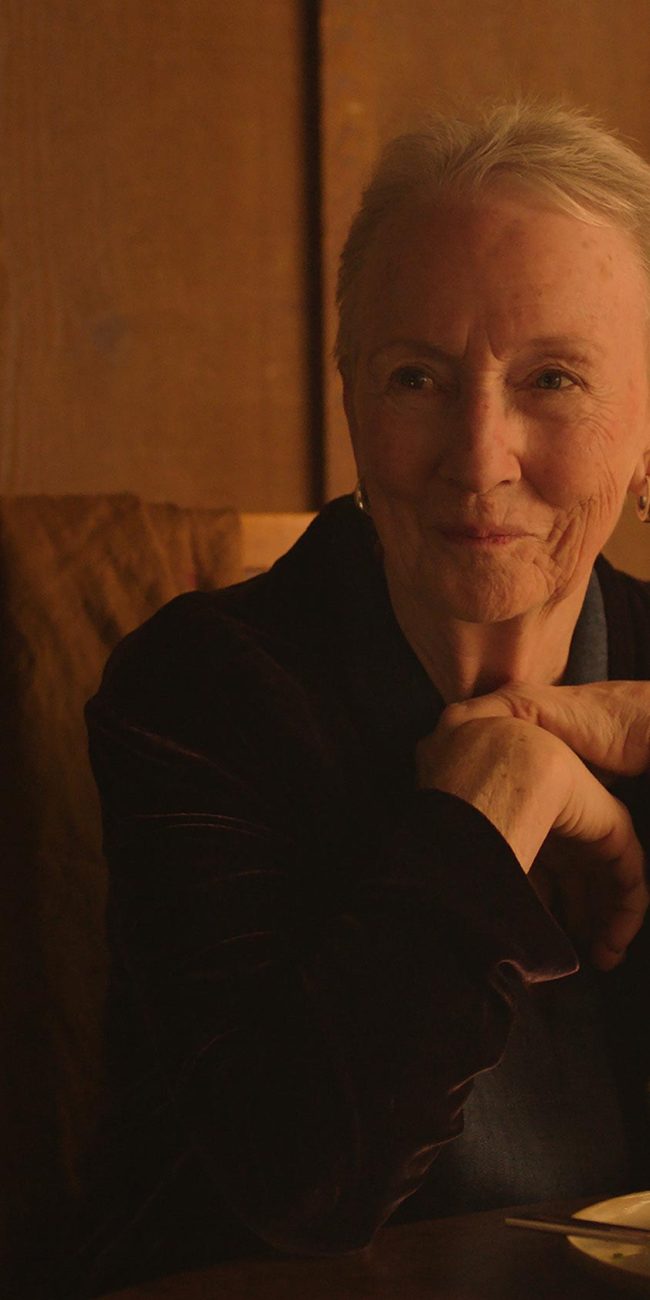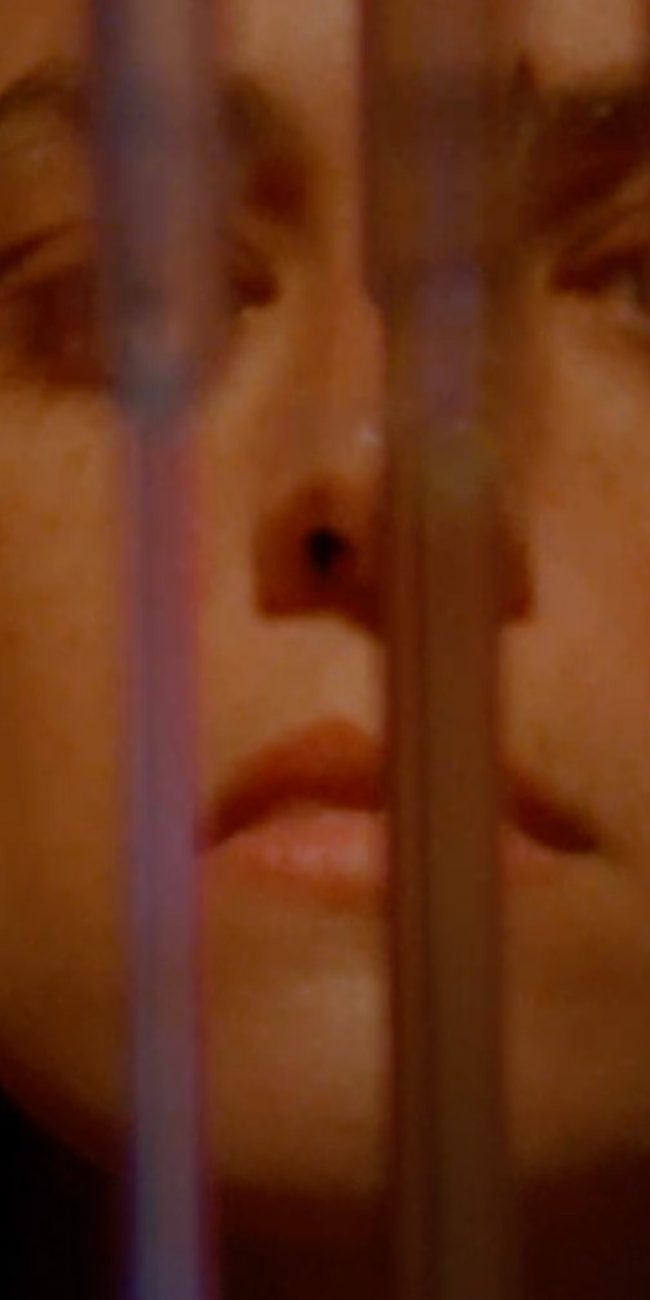MILISUTHANDO

(New Directors/New Films ran March 29-April 9 at New York City’s Museum of Modern Art and Film at Lincoln Center. Check out M.J. O’Toole’s movie review of Milisuthando. Seen it? Join the conversation with HtN on our Letterboxd Page.)
“I have to be careful about how I remember my memories,” says Milisuthando Bongela. After working 15 years as a writer, editor, cultural worker, and artist, she tells her story, as well as those who grew up in the same circumstances, in her first feature film. Milisuthando is an art documentary (split into five chapters) that is a poetic meditation on race, South Africa’s history, and memory – specifically the ones Milisuthando carries in regard to her growing up during Apartheid and what she experienced after its dissolution in the 1990s. Her sharp sincerity and open-mindedness guide her journey through her memories and help her address the tough questions about race growing up in South Africa. Milisuthando is many things: a history lesson, a self-portrait, a discourse on race, and a stream of consciousness. All of those things culminate into a breathtaking work of art that tackles the recollections of a complicated past, connects it to the present, and looks to an uncertain future.
As she explains through elegant narration (with the help of found footage), Bongela grew up in a part of South Africa that no longer exists. She was born in the mid-80s in Transkei, an unrecognized state in its southeastern region that was designed as an independent homeland for the Xosha people during Apartheid. It was one of four territories during that period to be declared independent of South Africa. Because of that, Bongela grew up in a fully black-populated world with no white intervention. Reality soon came crashing down for her when Apartheid ended in the early 1990s, putting an end to a decades-long period of racial segregation. Unlike the majority of South African citizens, Milisuthando Bongela began dealing with Apartheid as her country lurched out of it. Once her family was uprooted to a mixed-race South African city, she began to see a bigger scope of race than she had been aware of growing up. At one point, she recalls the first time she encountered white people, marking the beginning of her tricky social transition.
Like many black children, she would attend an all-white school where she would be welcomed, but be somewhat ostracized. One archival reel shows black children in that time period giving testimonies to a white broadcaster interviewing them. When they are asked what their favorite subject is, one of them replies “Afrikaans,” and the interviewer asks “What’s that?” These reels pack a punch in a sense of highlighting the layers of racism that still lingered in Aparthied’s aftermath. Bongela interviews those same students in the present day, all in their thirties, who still know the patriotic songs and pledges by heart. Some of them admit how uneasy they feel that certain things they have tried to unlearn end up reemerging in their minds. One reel from the ‘90s shows Nelson Mandela – the first post-apartheid president – visiting the newly integrated schoolchildren, a moment that people would have considered a beacon of hope for unification and change in South Africa. However, not everyone shared that sentiment, including Bongela’s grandmother who blames Mandela for ruining the Xosha culture and her home of Transkei through integration. This chapter in the film strongly highlights the psychology of segregation and colonialism that still lingered in the minds of those who lived through this long period of time.
Bongela and her cinematographer/editor Hankyeol Lee excel in piecing together vital stages of history and having them connect to the present in ways that many of us may not have fathomed. One powerful moment is a montage that crosscuts the daily rituals of the separate black and white communities during the apartheid, backed by Wagner’s symphony “Das Rheingold – Vorspiel”, adding to both the harmony and historical impact. Bongela also shines a light on her modern relationships with her friends, both black and white. She tackles the difficult topics of their racial dynamics and other social differences through two intense, yet thoughtful sequences where she discusses them with her white friends (over a grainy black screen, interestingly), one of them being her producer Marion Isaacs. These conversations highlight unconscious microaggressions, complex thoughts/emotions, and other social baggage that many folks would be reluctant to address. This moment forces us to ponder (and perhaps acknowledge) the differences that exist with even the best of friends. But the film does not give concrete answers to these topics, as it provides plenty of grays to make you think long and hard.
With its ambitious filmmaking, social relevancy, and sharp introspectiveness, Milisuthando is a breathtakingly poetic and thought-provoking testament to the residual impacts of history. Through its complexity, there is also a sense of vulnerability that one can’t help but admire. In her feature debut, Bongela strongly demonstrates her distinct voice and achieves in making her story, as well as the stories of many like her, meaningful to those who have lived outside of their experiences. Similar to more recent media such as Terrence Nance’s Random Acts of Flyness and Rebeca Huntt’s Beba, Bongela’s documentary relies heavily on a mixture of styles to highlight the important topics at its core. It’s not very often that a film like this would push the viewer to examine a broader, more complex aspect of humanity and identity in lives different from their own. Milisuthando has heart, and serves as a striking example of how to thread together the past, present, and future.
– M.J. O’Toole (@mj_otoole93)
2022 New Directors/New Films; Milisuthando Bongela; Milisuthando movie review











